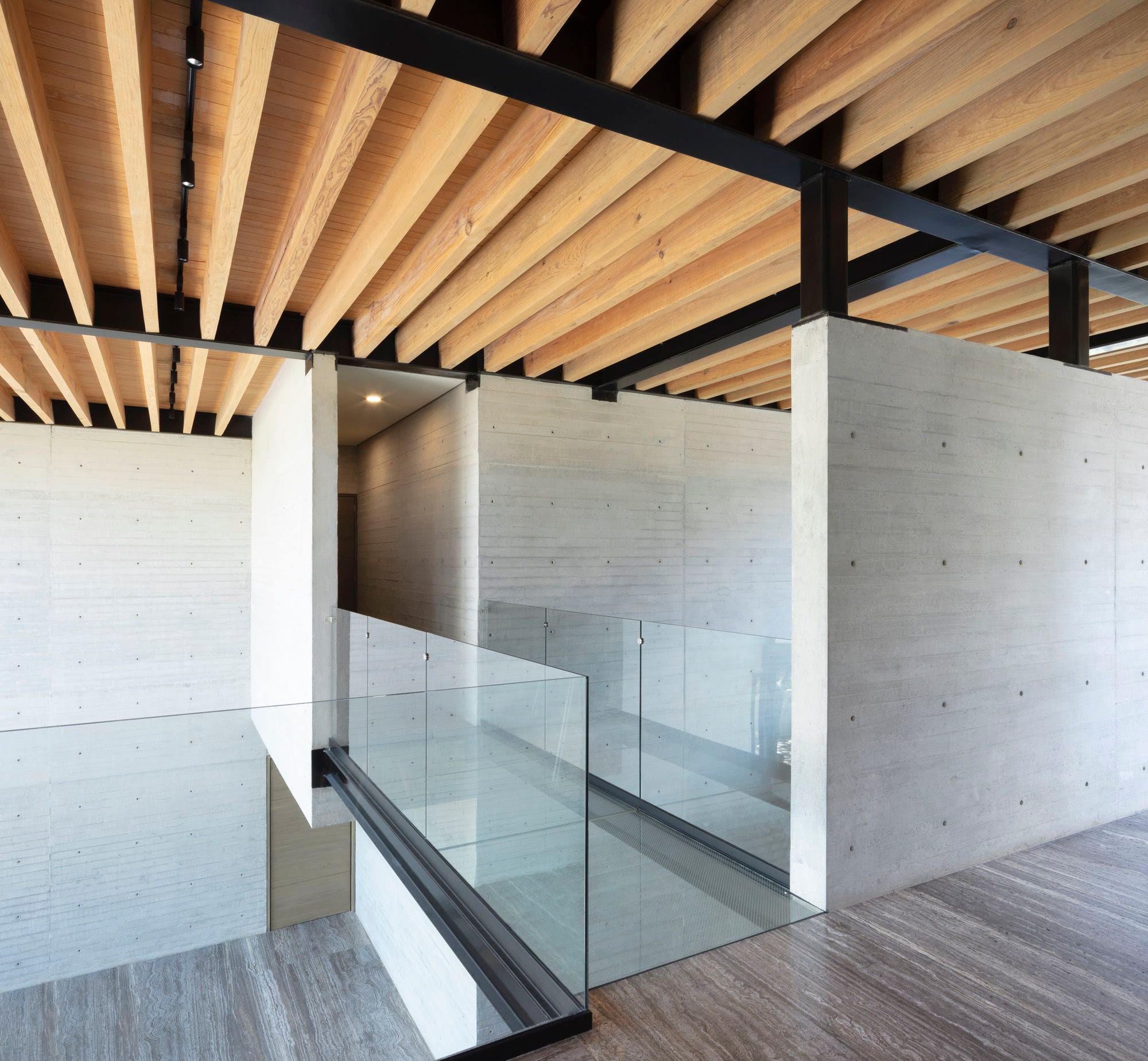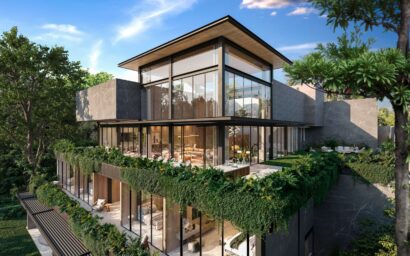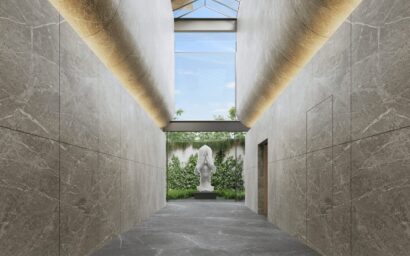Although caring for the environment was a niche interest, today, we can feel proud that more and more people are looking for ways to reduce our environmental impact, contributing and seeking to create awareness among those who still do not do anything about it.
As each person looks for a way to help, whether by making changes in their lifestyle, adopting new habits, or supporting a cause, we, as architects, believe the architectural sector must join ecological responsibility by building a more efficient world and less polluting buildings.
Sustainable architecture, also known as green or eco-architecture, focuses on buildings with a sustainable and respectful design of the environment while meeting its inhabitants’ needs. It is about creating functional spaces and incorporating green spaces and natural elements within the same techniques for people to interact more with nature.
In other words, it is a branch of architecture whose primary goal is to reduce the environmental impact caused by construction and the impact generated by the building on its surroundings. We must remember that today’s architecture seeks to adapt to life, not the other way around.
For this, it considers aspects such as climatic, hydrographic, and ecosystem conditions and the careful choice of the materials to be used.
Likewise, it seeks to implement renewable energies, water treatment systems, and facades that regulate natural light, among other things. These measures are chosen from the planning of the building and are relevant throughout the processes.
And while sustainable architecture will not solve our problems, it will do its bit and reduce the impact caused by buildings, providing its inhabitants with a home created with ecological responsibility.



